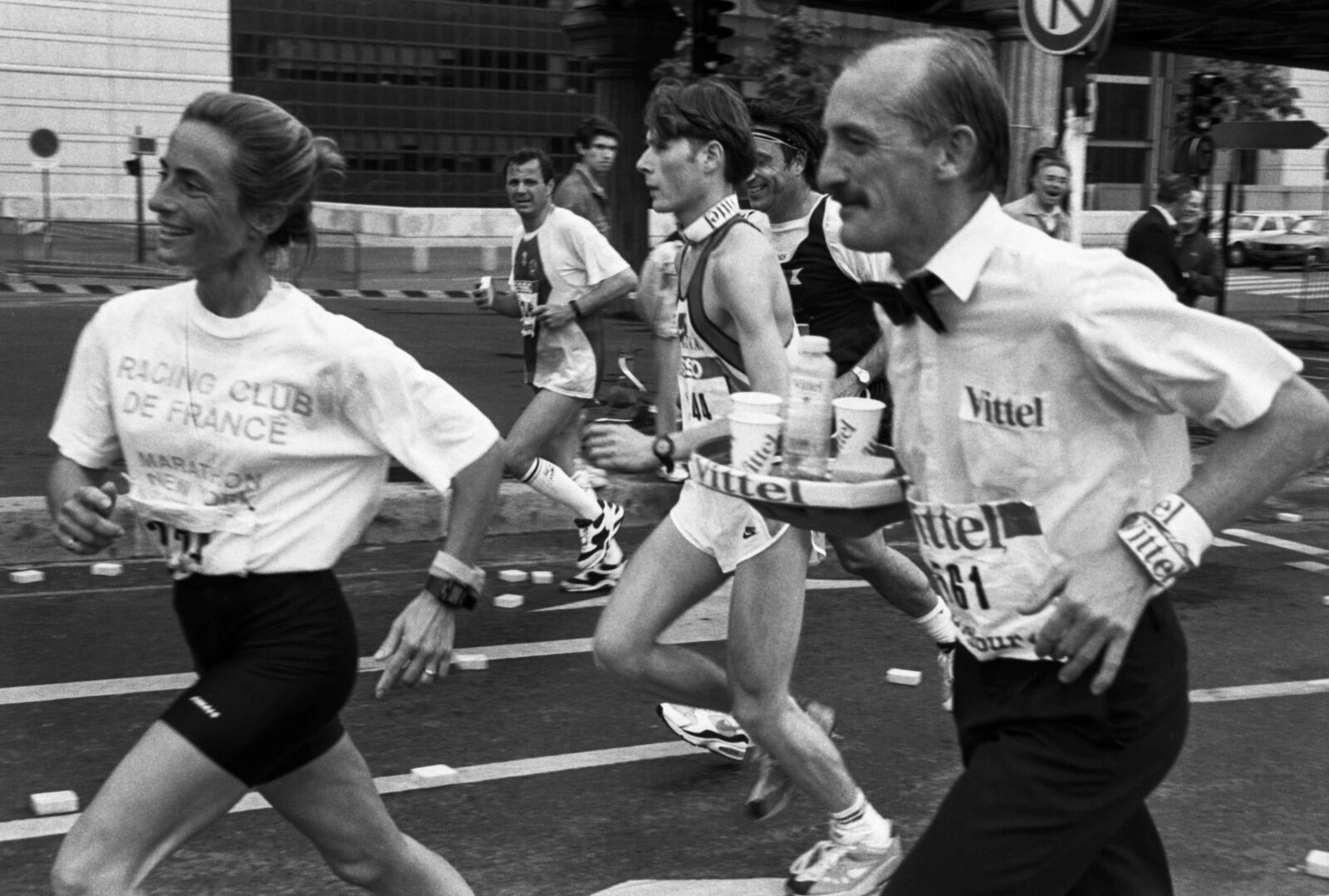
Can Paris survive the Olympians?

Gourmet
Let’s start with what we know. Paris is the crux of the restaurant world, the epicenter of the epicurean, the cradle of white linen tablecloths where gourmets savor crêpes Suzette and lunches last four hours. Or did until about 1968. That was the year after peace and love in California, when outside the Sorbonne and other hotbeds of political disenchantment, students were building barricades and lobbing cobblestones at the police. Paris is good at revolutions. Just as the Bastille had crumbled in 1789 under the weight of outrage at aristocratic privilege, so too the fires of 1968 addressed a moral agenda.
But this is France, and food is never off the table. It’s not just an everyday obsession for every native citizen, it’s happily promulgated as defining the cultural identity of France as a nation. How did that all start?
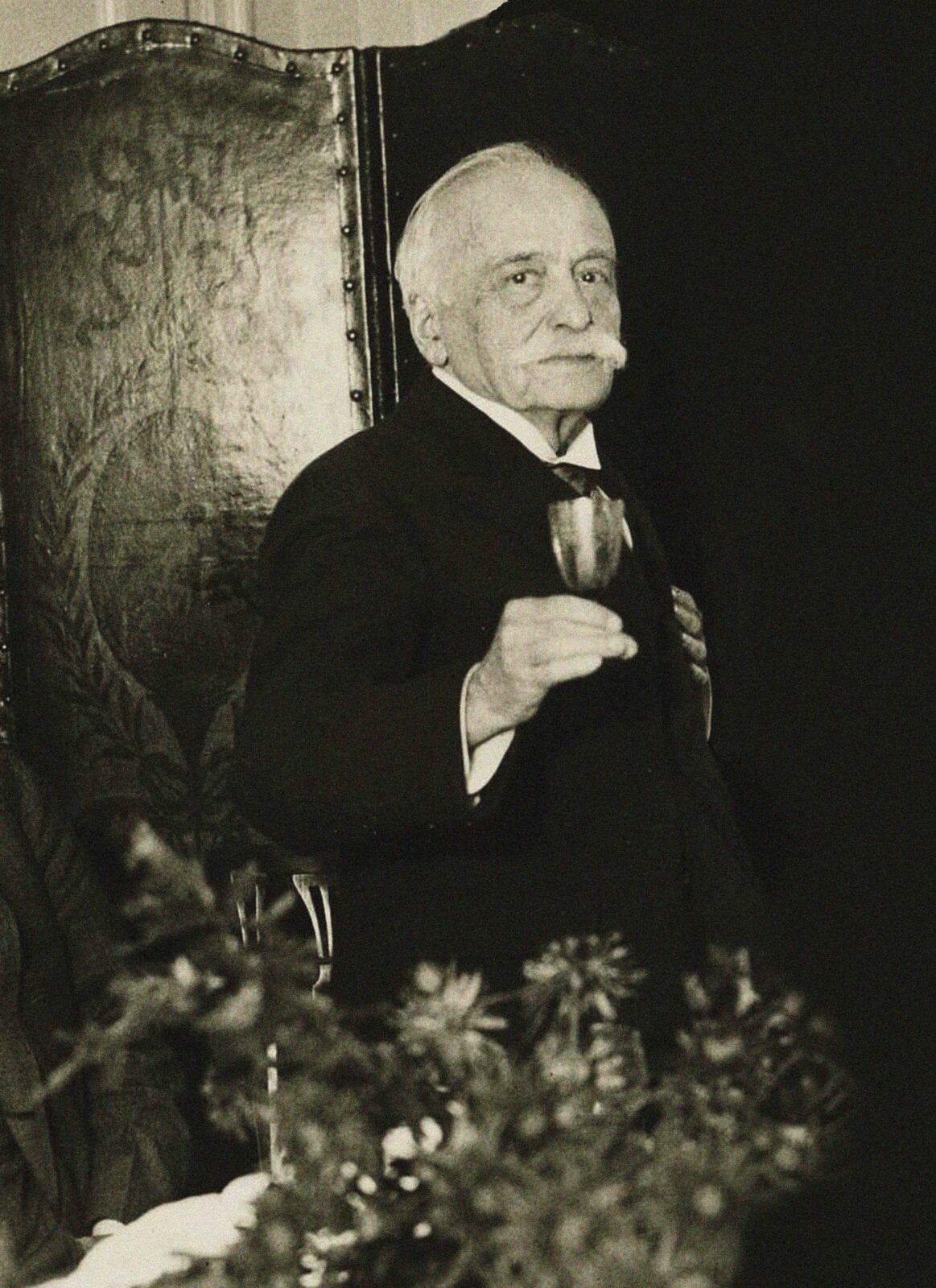
Auguste Escoffier, king of the kitchen brigade and a tour de force influence on haute cuisine more than a century after his death. (Alamy)
Picture the Belle Epoque (1870-1914). As the late 19th century turned slowly into the 20th, under the warm glow of gaslit lamps and clopping hooves, another revolution was taking place. In the Place Vendôme, in the kitchens of The Ritz, Auguste Escoffier was simplifying haute cuisine. If simplifying means turning out banquets of comestibles de luxe sauced for the social elite. Escoffier brought new discipline to hotel catering by creating the brigade system still in place today. He remains revered by restaurateurs as the father of modern cuisine – and for making gastronomy known worldwide as a distinctly French conceit.
No regrets
As the pavements of Paris got repaired in the winter of 1968, normal service resumed in the brasseries of les belles arrondissements. Indeed, French gourmetisme flourished as financial markets dizzied upwards through the 1980s and ’90s and expense-account lunches expanded the corporate waistband. High-end restaurants’ oak revolving doors kept revolving. And then?
Then the crash. And other consequential cultural shifts. Sometime around then, the Académie Française, the high protector and institutional guardian of the French language ever since its foundation by Cardinal Richelieu in 1635, finally permitted the legitimacy of a new word, one that went against the grain: végétarisme.
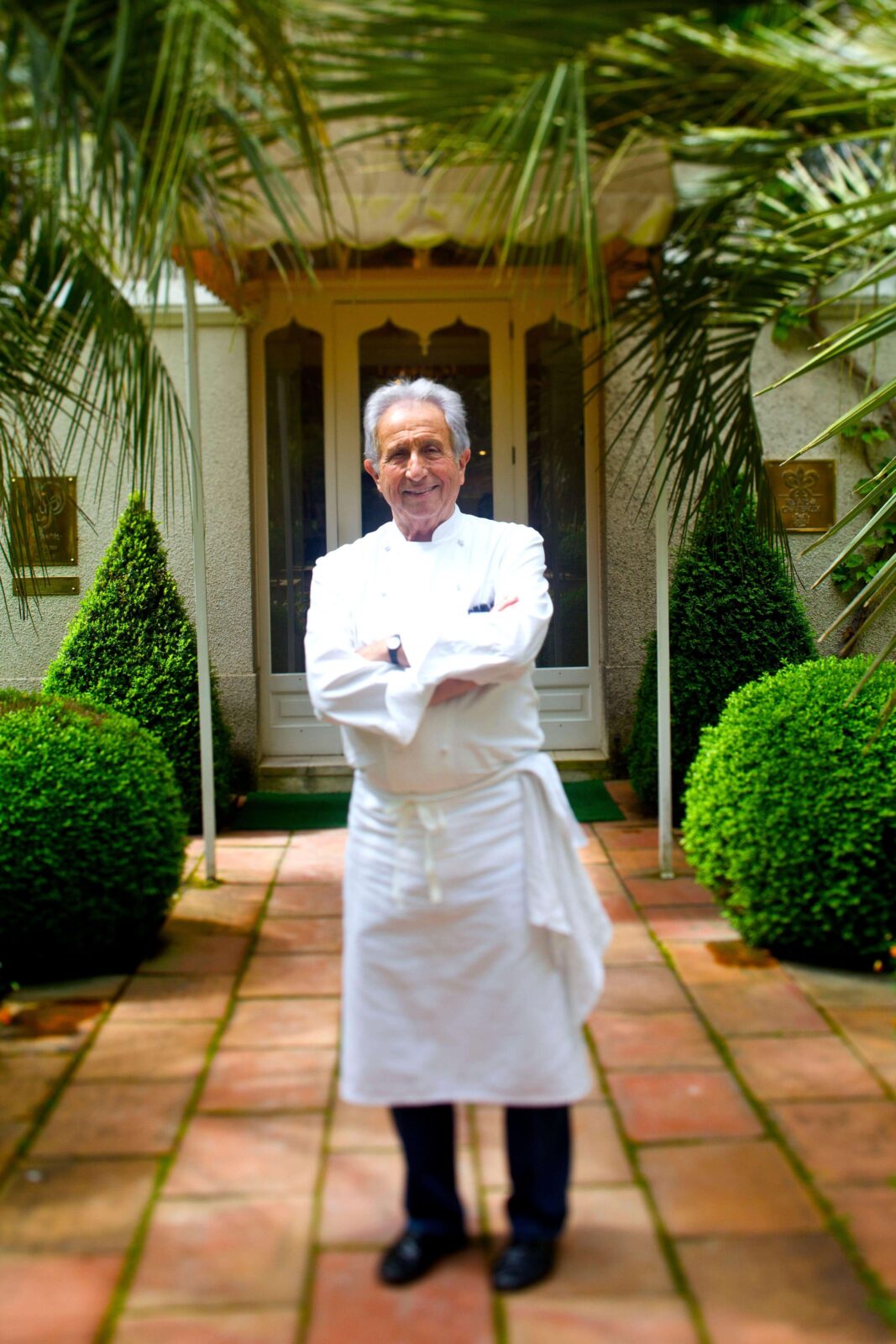
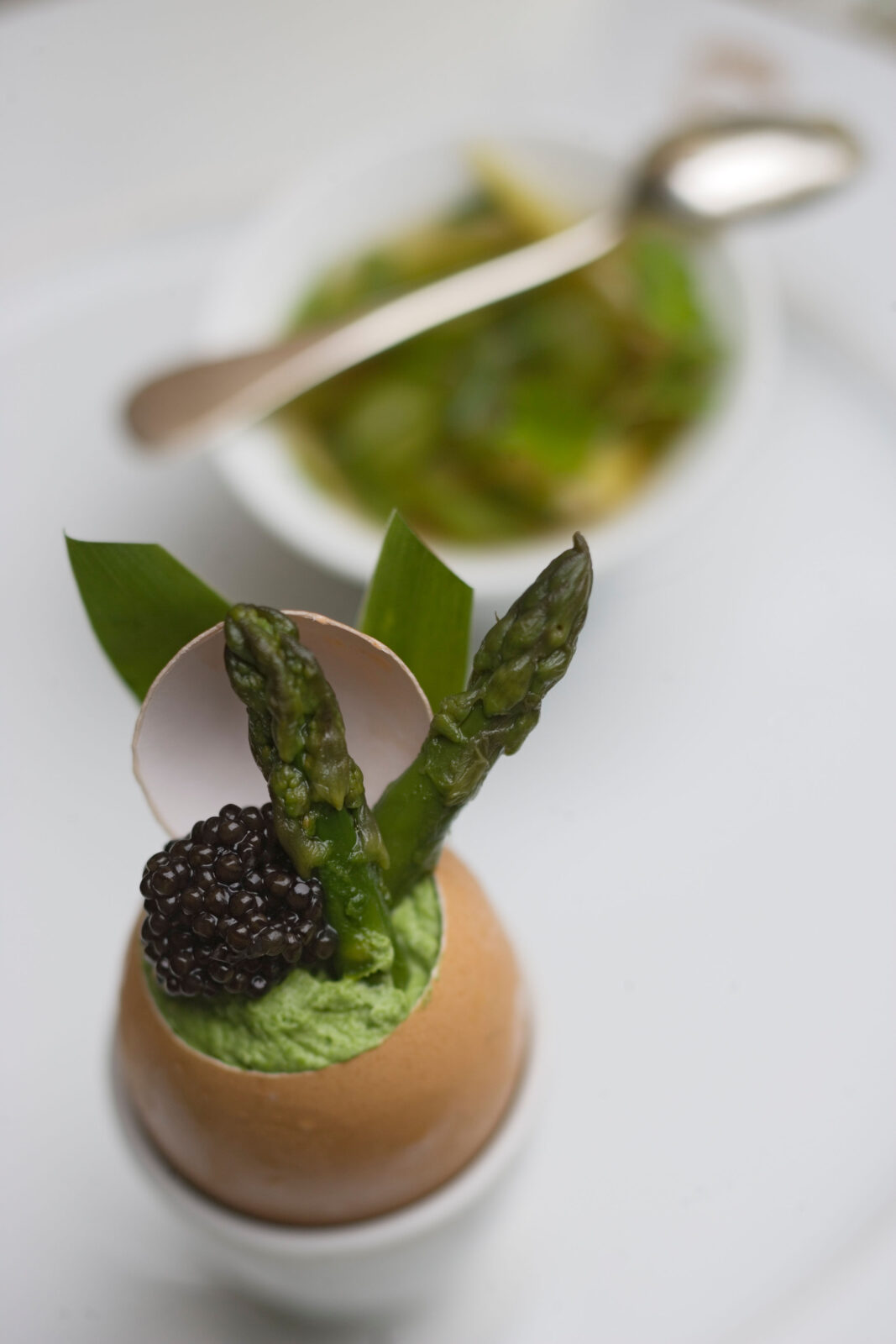
Architect of cuisine minceur Michel Guérard popularized healthy fine dining. His restaurant Les Prés d’Eugénie has held its 3-Michelin-star status for 45 years.
Okay, not really. But what’s not a joke is that, in the 1980s, you could count the number of vegetarian restaurants in Paris on the fingers of one very thin hand. True, since 1974 an outlier chef named Michel Guérard had been plowing a lonely furrow some 750 km (466 miles) south-west of Paris with a daring form of culinary spa called cuisine minceur, essentially food designed to slim by. It made nouvelle cuisine look like a glutton’s treat. But, as the prix fixe menus proved in practically every other bistro and brasserie across France, in those days the concept of dining as a health pursuit remained a long way off. And no one had any regrets.
According to research by The New European newspaper last year, it’s still 1985. Just 5% of the French population at large count themselves vegetarian, and a meagre 1% vegan. Yet, as usual, it’s the younger generation who are changing things. Among French 18- and 19-year-olds, 11% claim vegan status (at least, they did on the day they were asked), compared to 3% in both Germany and Italy.
In the 1980s, you could count the number of vegetarian restaurants in Paris on the fingers of one very thin hand.
Menus in the main still mean meat. Today, in the height of a blistering summer when a bright, fresh garden salad might be on your lunchtime mind, you’re as likely to find boeuf bourguignon et sa purée de pommes de terre staring up from your plate. And with it, a brief lecture on the Gascon paradox. Which states that despite a diet perilously oozing goose fat, duck fat and vast slatherings of pork, the people of Gascony around Bordeaux enjoy the lowest levels of heart disease in Europe. It’s the red wine that goes with, apparently.
Worth noting that the most profitable restaurant in France last year, with a revenue of €24 million, was a pleasuredome of ancien régime dining called Les Grands Buffets. It’s not in Paris, it’s in the small southern city of Narbonne. Groaning silver clôches cover the full parade of creamy saucery from snails, frogs and foie gras to Lièvre à la Royale (hare cooked in its own blood) and everything in between. It’s booked out seven months in advance. Vegetarian and gluten-free options do exist but only, one suspects, as a kind of satirical sideshow.

A feast of fromages at Les Grands Buffets, Narbonne. (Shutterstock)
So when the world’s 22,250 Olympians and Paralympians descend on Paris this summer, what will be on their plate? Well, obviously enough, their main fare will be nutrition digitally controlled to the nano-calorie by technicians microscopically analyzing performance data in the laboratory conditions of the Athletes’ Village. But post-event, or on their hours off the training routine, in this most beguiling, bewitching of cities… how might they indulge in the tastes of France, without ruining their regime?
To hear what’s really happening on the cobbled streets of the capital today, let’s pass the baguette over to Paris born-and-bred food and lifestyle journalist Florence Valencourt.
Baguette
French chefs from the new generation are making it easy to adopt healthier eating habits… Even when working hard as a critic and putting up with sampling the best that Paris puts on a plate, healthy options are all around.
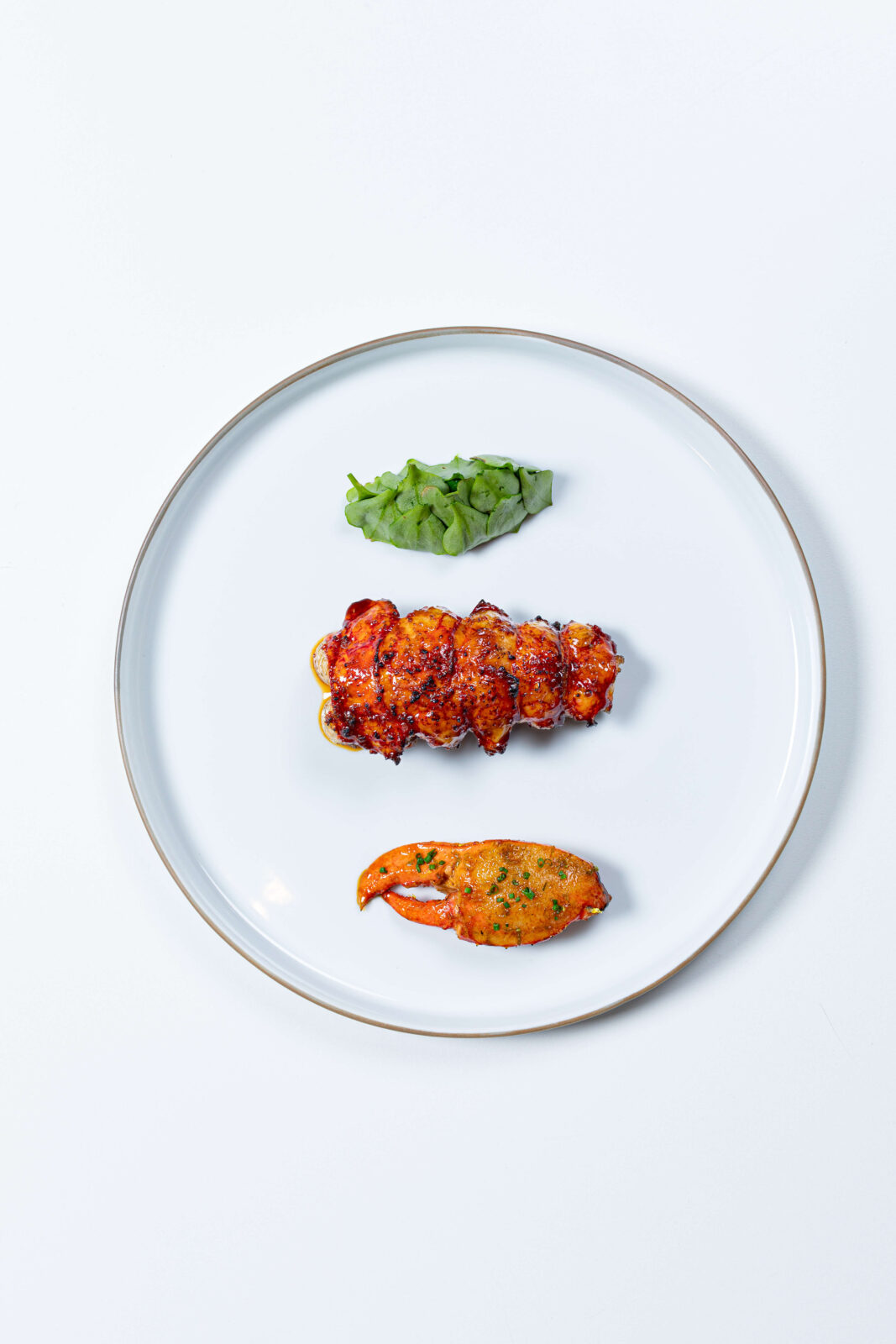

As to the Olympians we’ll be welcoming to Paris this summer, I’d advise them to stay put in The Village. That’s because three outstanding French chefs will be designing their daily meals. Top of the podium is Alexandre Mazzia, who’s traveling from his Michelin three-star kitchen in Marseille to cook on Sundays and Mondays. Two-starred Akrame Benallal’s restaurant Four and Michelin-heralded Amandine Chaignot’s Pouliche will also be creating stellar dishes as part of the 40,000 meals served in the Village each day. Their signature dishes will balance traditional French flair with nutritional sustenance.
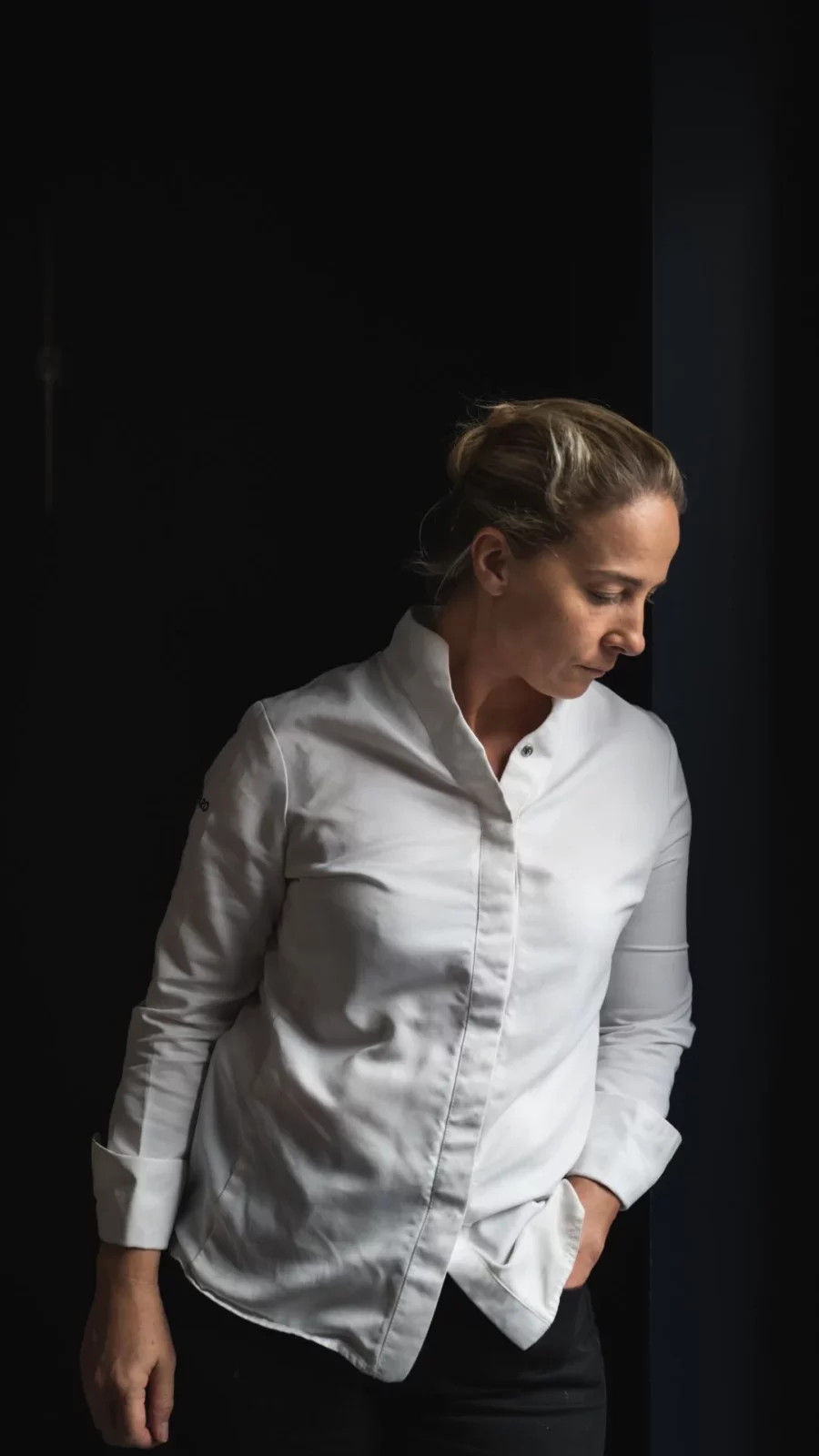

Chef Amandine Chaignot brings her Pouliche panache to the Olympic Village with plenty of inventive, nutrient-rich plant-based dishes.
Perhaps I could find a way to join these lucky Olympians at the tables of these three fabulous culinary stars. Before I do, let me pass the bâton (yes, that’s the name of yet another French loaf, a little shorter than a baguette) to my fellow journalist over in Montmartre, Laure Guilbault.
Confessions of a vegan
Got it, Florence! I used to be a vegan but because of anemia in my late 30s, I started eating meat again. My doctor even prescribed boudin noir (blood sausage), insisting that it’s more effective than a blood infusion. Voilà, welcome to how we do health in France.
When I moved back to France in 2012 after eight years in New York, Paris was a desert for vegans. Ordering an oat milk latte was seen as a slight in a café – you actually risked being kicked out. Thankfully things have changed.
As usual, trends coming from the US arrived in France roughly a decade later: vegan burgers, avocado toast on gluten-free bread, smoothies and detox juices started popping up. You could even find faux-mages, a play on words between fromage and faux cheese. Sacrilège! Being vegan was no longer just for hippie weirdos but a form of statement-making by the trendy fashion crowd. Emma Sawko, a former ad exec, opened Wild & the Moon in Paris in 2015, and fashion PR whiz Isabella Capece Galeota opened Maisie Café near Place Vendôme a year later. Both remain beacons for the fashion set today. There’s also a flurry of places in the 10th and 11th arrondissements, the bobo [bourgeois-bohème] neighborhoods.
When I moved back to France in 2012 after eight years in New York, Paris was a desert for vegans. Ordering an oat milk latte was seen as a slight in a café – you actually risked being kicked out.
My friend Gabriel, who’s vegan and always one step ahead of every trend, suggested we try a plant-based restaurant on rue du Faubourg Poissonière by the pioneering bio food collective Faubourg Daimant. I looked it up. “Save the planet but make it saucy…” runs their blurb, “…a nod to bourgeois cuisine.” For the French, cuisine bourgeoise conjures up bœuf bourguignon, blanquette de veau or pot au feu, not Gwyneth Paltrow. My grilled oyster mushroom with soy butter glaze, chipotle mayonnaise and tangy rice pilaf was enjoyable. But more than a nod away from bourgeois cuisine,
For Olympians looking to boost their plant intake in Paris, one of my favorite vegan restaurants is Soya near the Place de la République, while Umami Matcha café, my HQ, does a generous veggie brunch with vegan options. For anyone heading south for the Olympic events in Marseille, Nadia Sammut at the Auberge La Fenière in Provence is the first Michelin-starred chef at the helm of a gluten-free, lactose-free restaurant.
Oh, about that boudin noir? I went to a charcuterie near my father’s place in Normandy that’s acclaimed for making the best blood sausage in France. If you’re going to eat that kind of thing, you might as well eat the best. And it’s bound to keep the doctor away.
Main image: Elise Hardy/Getty Images
Topics in this article
-
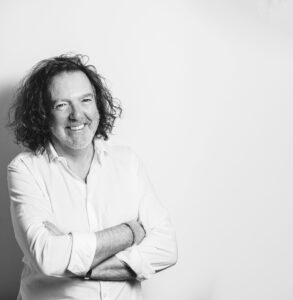
- Reporter: Nielsen Dinwoodie
- Nielsen Dinwoodie is co-editor of Storied.
-

- Reporter: Florence Valencourt
- Florence Valencourt is a lifestyle journalist and editor specializing in gastronomy, foodtech and hospitality. A native Parisian born and raised, she works with major brands and publications such as Yonder, Resto and Vivre Paris.
-

- Reporter: Laure Guilbault
- Laure Guilbault is the Paris correspondent for Vogue Business. Post-Sorbonne, she worked in New York City and has covered the luxury sector in France since 2014. Her own weekly interview show, “Sunday Night Live,” broadcasting on Instagram and Apple podcast, is now in its fourth season.

